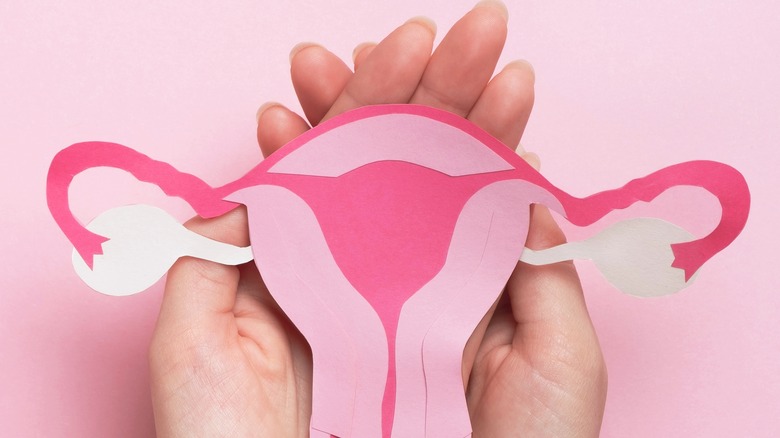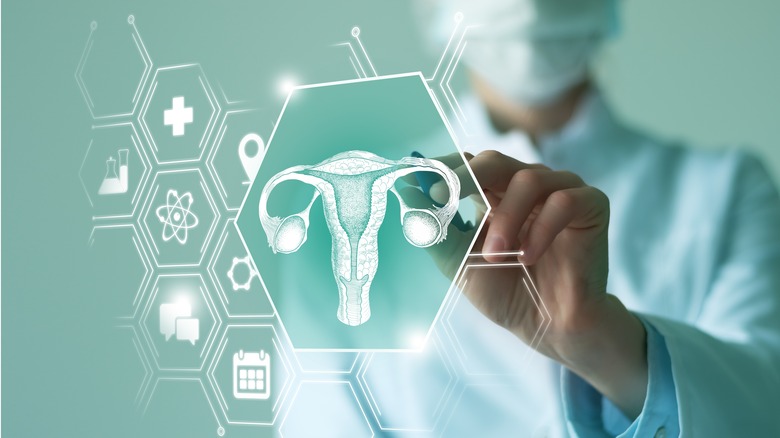What Is Ovarian Torsion?
The ovaries are a pair of small, almond-shaped organs located in the female pelvic area near the uterus. They play a critical role in a woman's reproductive system by producing and releasing eggs (ova) into the fallopian tubes, where fertilization can occur. They are also responsible for producing hormones, specifically, estrogen and progesterone. They regulate the menstrual cycle, control the development of secondary sexual characteristics, and support pregnancy.
The ovaries can be affected by various problems that negatively impact the reproductive system, and one such issue is ovarian torsion. According to a 2022 article published in the journal StatPearls, a 10-year review showed that ovarian torsion accounts for 2.7% of women's surgical procedures. During the study, it was the fifth most common cause for emergency surgery at a women's hospital.
Generally speaking, it's important for women to be aware of these potential problems and seek medical insight in advance — prompt diagnosis and treatment are critical to prevent serious complications.
How does the condition occur?
Ovarian torsion is known to occur when an ovary or fallopian tube twists, cutting off essential blood flow needed in the ovaries. The condition can affect women of all ages, but it is more common in women who are pregnant or taking hormones. The causes of ovarian torsion are not completely understood, but it might have something to do with the structure of the ovary or the presence of ovarian cysts.
Common symptoms include sudden, severe pain in the lower abdomen, nausea, and vomiting. The pain can come and go on for weeks, and it may be accompanied by tenderness in the lower abdominal area or a change in the shape of the affected ovary. Women may also experience dizziness and fainting as a result of the condition. Ovarian torsion can also occur as a result of increased pressure on the ovary during an activity, such as exercise.
How is ovarian torsion treated?
The diagnosis of ovarian torsion is typically made through a physical exam and an ultrasound. Treatment usually involves surgical intervention. The goal is to restore blood flow to the affected ovary and prevent further damage. The procedure is typically performed as an emergency surgery.
One common surgical procedure for treating ovarian torsion is a laparotomy, which involves making an incision in the abdomen. The surgeon then untwists the ovary and assesses the damage. In some cases, the affected ovary may need to be removed if it has been severely damaged, per MedicalNewsToday. If the ovary is salvageable, the blood flow is restored, and the ovary is secured in place to prevent future torsions.
In some cases, ovarian torsion may be treated via laparoscopy. This is a minimally invasive surgical procedure that involves making several small incisions in the abdomen. The laparoscope — a thin tube with a camera and light — is inserted through one of the incisions, and the surgeon uses the camera to view the ovary before untwisting it.



